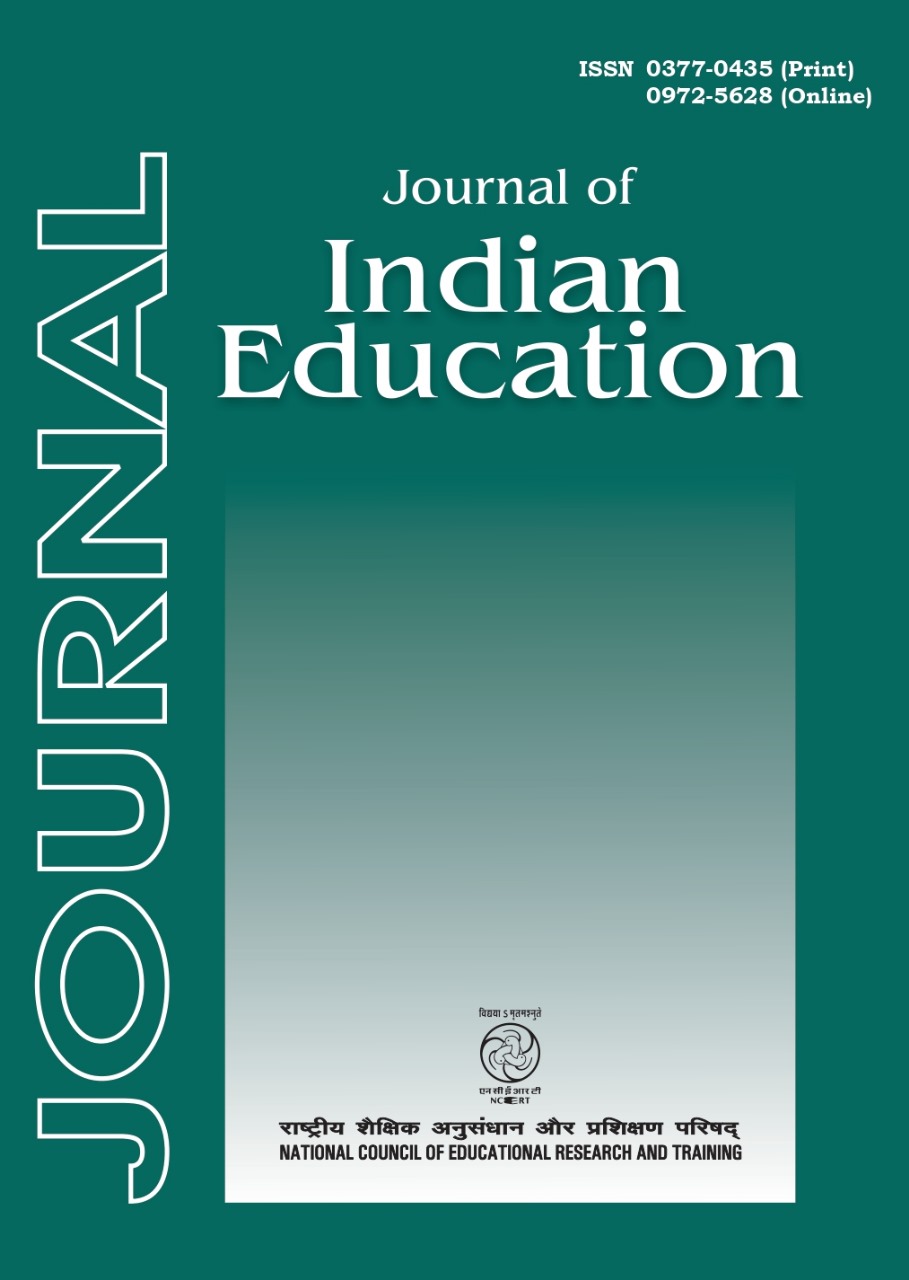Published 2024-11-27
Keywords
- Education,
- Higher Education
How to Cite
Abstract
It is now well-accepted that colonial knowledges in India were structured on binaries that distinguished India from the West, Orient from the Occident, thus homogenising the Indian experience into a Hindu brahmanical one. The nationalists too, imagined alternate knowledges within these binaries, reversing them to claim over the West, a civilisational superiority located in the Vedas. This normalisation of knowledge as Hindu and brahmanical structured by both the colonial and nationalist binaries had/has implications for curricular and pedagogical practices in our classrooms. In this lecture, with an apology to the innumerable modern day Shambhukas and Eklavyas, and to students reduced to cases of suicides on campuses, I shall map some of the hidden injuries caused by the violence of these pedagogical practices. In the last decade and more, there has been a welcome change in the gender, caste and class composition of students. But this, as we know, is happening in a context constituted by the conflicting demands of discourses of democratic acceptance of social difference, conservative imposition of canonical common culture and of marketisation of higher education. Invoking Phule-Ambedkarite feminist perspectives which envision education as Tritya Ratna and are driven by the utopia of ‘Educate, Organise, and Agitate’, I seek to dialogue with fellow teachers on the different axes of power in our classrooms; more specifically to explore modes through which inequalities of caste are reproduced in metropolitan universities and classrooms. How may we as teachers and co-learners address questions of pedagogy and authority, pedagogy and transformation by throwing back the gaze of the ‘invisible’ and ‘unteachable’ students in our classrooms on our pedagogical practices?

